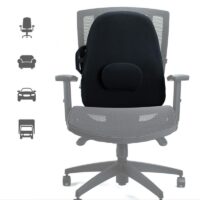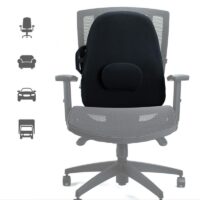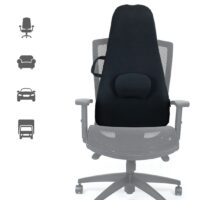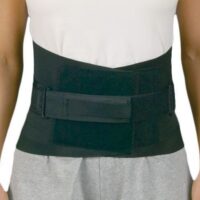What Causes Lower Back Pain?

Why Do People Experience Lower Back Pain?
Lower back pain is a common issue affecting many people. It can result from various causes, ranging from specific spinal pathologies to non-specific lower back pain (NSLBP). Understanding the reasons behind this pain can help in seeking appropriate treatment and prevention.
How is Lower Back Pain Categorised?
Researchers and spinal health practitioners classify lower back pain into three main categories:
- Specific Spinal Pathologies (<1%): Conditions requiring urgent treatment.
- Radicular Syndromes (5-10%): Pain due to nerve irritation or compression.
- Non-Specific Lower Back Pain (NSLBP) (90-95%): Pain without a specific structure involved.
Who is Affected by Lower Back Pain?
Lower back pain can affect anyone, regardless of age or gender. However, certain factors like age, physical activity, and underlying health conditions can increase the risk.
Where Does Lower Back Pain Originate?
The pain can originate from various spinal structures, including muscles, ligaments, discs, nerves, and joints. Specific pathologies or injuries can pinpoint the source of pain, while NSLBP is more generalised.
When Should You Seek Help?
Immediate medical attention is necessary for conditions like spinal infections, malignancy, or cauda equina syndrome. For other types of back pain, seeking help when symptoms persist or interfere with daily life is crucial.
What are the Common Causes?
Specific Spinal Pathologies:
These include conditions like spinal infections, cancer, spinal arthropathies, cauda equina syndrome, and spinal fractures. They account for less than 1% of back pain sufferers but require prompt diagnosis and treatment.
Radicular Syndromes:
This category includes conditions like sciatica, where the sciatic nerve gets irritated, often due to herniated discs, facet joint sprains, or spinal stenosis. These account for 5-10% of back pain cases.
Non-Specific Lower Back Pain (NSLBP):
NSLBP accounts for 90-95% of lower back pain cases and often results from muscle strains, ligament sprains, or degenerative disc disease. These cases typically improve with physiotherapy and self-care within two to six weeks.
New Research on Lower Back Pain
Recent studies have shed light on the management and treatment of lower back pain. A systematic review by Maher et al. (2017) emphasises the effectiveness of physiotherapy in managing NSLBP, highlighting manual therapy and exercise as key components. Another study by Hoy et al. (2014) discusses the global burden of lower back pain, indicating the need for better preventive measures and treatment strategies.

Conclusion
Lower back pain is a common issue with various causes. Understanding these causes and seeking timely treatment can significantly improve outcomes. Always consult your physiotherapist for an accurate diagnosis and personalised treatment plan.
What to Do?
If you’re experiencing lower back pain, consult your physiotherapist or doctor for a thorough evaluation and tailored treatment plan.














































































